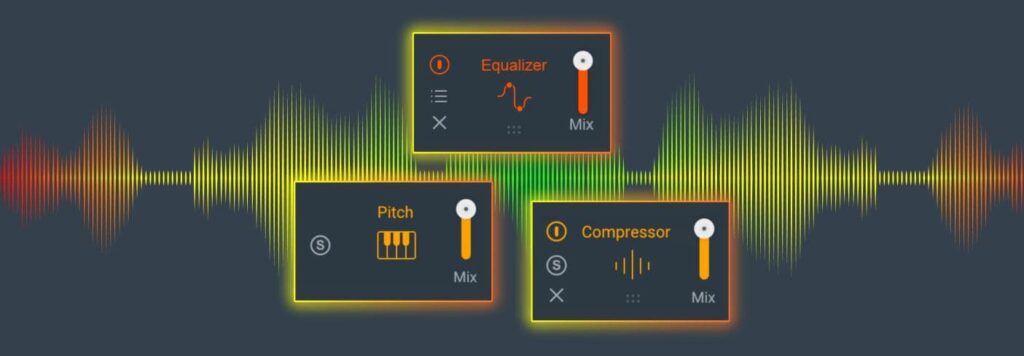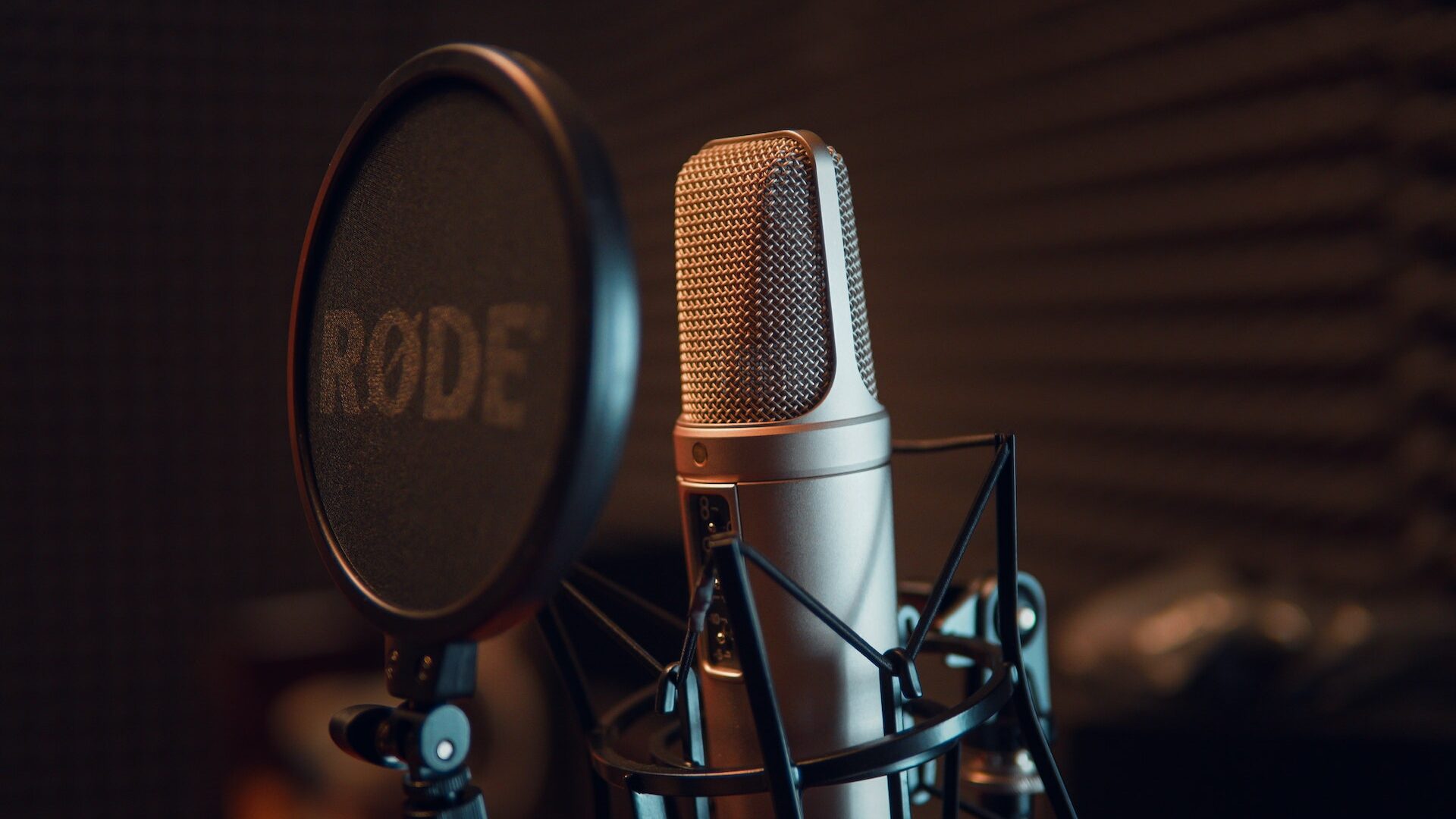Ready to take your singing to new heights? This post is just the beginning of your journey. Imagine the thrill of belting out your favorite tunes to thousands of adoring fans by the end of the year. Join the ranks of tens of thousands of singers who have already transformed their voices with my Singers Gift Warmups. Unleash your true vocal potential in just 20 minutes a day using these groundbreaking techniques available exclusively here! Click now to discover how.
Every individual is born with a unique vocal range determined by the length of their vocal cords, akin to the strings of a musical instrument. Longer cords produce lower pitches, while shorter ones result in higher pitches.
But fear not! Your vocal range is not set in stone. With proper vocal technique, you can expand your range significantly. Through consistent training, your voice will naturally reach higher highs and lower lows.
Singers are akin to athletes, honing the strength and flexibility of their vocal muscles and breathing apparatus. By employing techniques like my Cole Vocal Method, you can develop the power and range of your voice organically.
Remember, vocal range isn’t solely about technique; it’s also influenced by your overall vocal health and physical vitality. Since your voice is housed within your body, its energy and strength are closely tied to your physical well-being.
Loosen up your jaw
The jaw plays a crucial role in unlocking your vocal range. Tension in the jaw can restrict your voice and limit your ability to reach your full vocal potential.
Many singers experience excess tension in their jaw muscles, hindering their range of motion. When the jaw is free of tension, it gains greater flexibility and can open up more, providing ample space to hit high notes and even affecting lower ones.
Releasing tension in the jaw can be challenging due to its compact, dense nature. Some singers may also encounter issues such as clicking in the jaw joint, known as Temporomandibular Joint Disorder (TMJ), which occurs when the jaw is misaligned or excessively contracted. If you’re dealing with TMJ, seeking physical therapy can help alleviate tensions and restore your voice’s health. TMJ not only causes discomfort but also imposes limitations on your vocal range and tone.
Here’s a simple exercise to try:
- Close your mouth.
- Gently grasp your jaw with your hand and open it to its natural position.
- Gradually lower the jaw another half inch. If you experience TMJ, stop just before the joint clicks.
- Inhale and exhale while holding this position, feeling the weight in your jaw muscles. Allowing the jaw to relax in this stretched position helps release tension deep within the muscle.
Raise the soft palate
The soft palate is a key player in unlocking your full vocal potential.
Here’s an exercise to help you engage it effectively:
- Use your tongue to trace along the roof of your mouth, starting from behind the top teeth. Pay attention to where the hard palate transitions into the soft palate.
- To access your entire vocal range, it’s essential for the soft palate to elevate. Practice this gentle lifting motion to gain control over it.
- Use a mirror to observe the movement of your soft palate.
- Take note of the uvula, the small piece of skin hanging down from the soft palate.
- With your mouth open, initiate a yawn.
- Did you observe the lift of your uvula (soft palate) at the beginning of the yawn?
Singers often incorporate this motion into their vocal exercises to prevent the throat from constricting and the palate from lowering during phonation, particularly crucial for hitting high notes.

Alleviate tension in your throat and vocal muscles to expand your vocal range.
Tension in various muscles surrounding the voice, including those in the throat, jaw, tongue, larynx, neck, and breathing apparatus, can restrict your vocal range, limiting access to your full potential. Muscles are most relaxed when in their longest position and tense when contracted and shortened. Vocal issues often coincide with tense muscles within and around the vocal instrument.
To alleviate muscle tension, consider incorporating activities such as stretching, yoga, massage, acupuncture, ball work, and baths with epsom salts and magnesium into your routine. Additionally, my Singers Gift Vocal Warmup series features specific vocal massages and stretches designed to reduce tension and enhance vocal freedom.
Here’s a simple stretch routine to try:
- Neck Stretch: Allow your head to gently slump forward, take a deep breath, and relax further into the stretch. Repeat daily to release neck tension.
- Neck Muscle Stretch 1: Extend your right arm upward and place your ear against it. With your raised hand, gently pull your head to the right. Repeat on the other side to release neck tension.
- Forward Bend: Stand with your knees soft and slowly lower your head toward your knees, allowing your body to relax over your legs. Breathe deeply to release tension, then slowly return to a standing position. Perform daily to release neck and back tension.
Additionally, consider scheduling a monthly massage to address overall body tension and support vocal health. Regular massages are not just a luxury for singers but a vital tool for maintaining a tension-free voice and preventing premature fatigue.
Descending to reach high notes
Often, singers mistakenly believe they should lift their chin upward to reach high notes. However, this action actually closes the back of the neck and lowers the soft palate, hindering access to those high notes.
Imagine your voice as an elevator: as it ascends, a heavy chain pulls it down (representing high notes), and as it descends, the chain lifts. Similarly, think of your voice as a pulley: reaching downward for high notes and lifting for low notes. Notice how skilled singers typically maintain a level chin rather than lifting it for high notes.
Here’s an exercise to try:
- Sing on the vowel “ah,” moving note by note up an octave (e.g., from A to A or C to C).
- Keep your chin level or slightly tipped downward—avoid lifting it.
- By maintaining a level or slightly downward-pointed chin, you’ll find it easier to access higher notes.

Cultivate the overtone series in your vocal performance
Developing the overtone series in your vocal performance can introduce richness, complexity, and depth to your singing. Here’s how you can enhance your ability to sing with overtones:
Understanding Overtone Singing:
Overtone singing, also referred to as harmonic or multiphonic singing, entails manipulating your vocal tract to produce specific overtones alongside your fundamental pitch. While these overtones naturally exist in your voice, overtone singing enables you to amplify and control them.
Training Techniques:
Vocal Straw Exercise:
Use a straw to hum at a comfortable pitch. Listen for subtle whistling sounds – these are your overtones.
Experiment with various lip and tongue positions to isolate and strengthen these overtones.
Sipping Technique:
Take a sip of water and hum a pitch while keeping the water in your mouth. The water can help you sense the vibrations in your mouth and throat, facilitating overtone control.
Humming on Different Vowels:
Explore humming on different vowels (e.g., ah, ee, oo) as the shapes of vowels can affect which overtones resonate.
Listening to Overtone Singers:
Immerse yourself in the world of overtone singing by listening to skilled practitioners such as Tanya Tagaq, David Hykes, or Mongolian throat singers.
